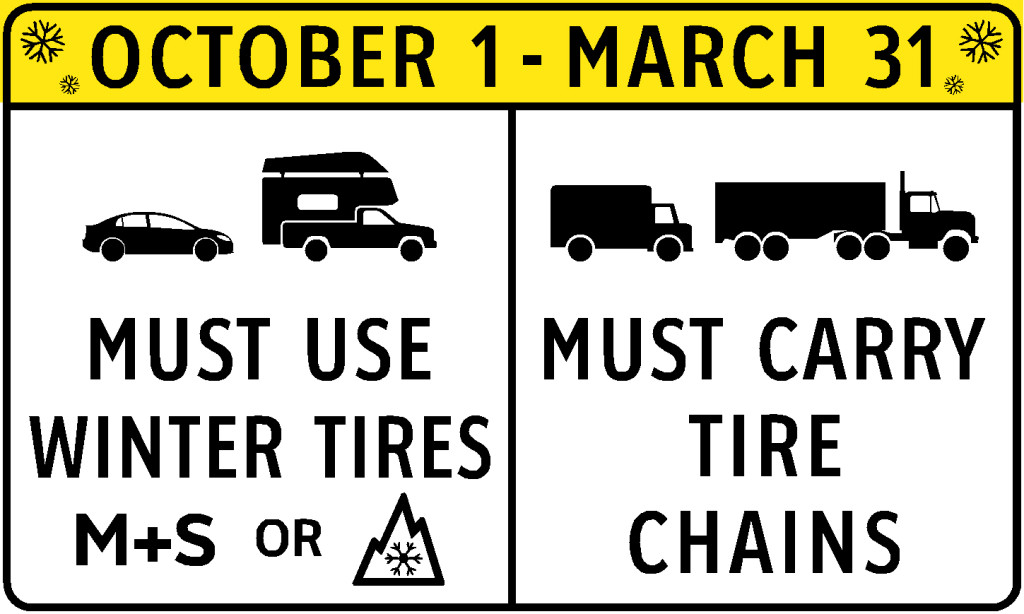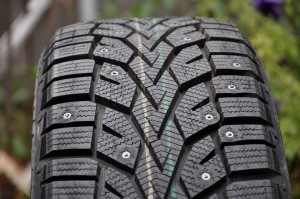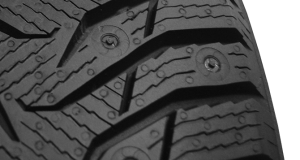
Starting October 1, 2015 drivers in British Columbia are required by law to use tires with a M+S (mud and snow) symbol or a Mountain-Snowflake symbol, with at least 3.5 mm tread depth, on most major highways across the province. While I applaud this move as a positive step in the right direction for road safety, I question why the province decided to allow a less effective minimum M+S rating rather than going with only the Mountain-Snowflake rating.
Tires with the M+S symbol are more commonly known as all-season tires and the rating is based not on winter traction capabilities or performance testing but rather on tread void area. As long as a tire tread has at least 25% of its tread area open as channels and some lateral grooves, it qualifies for the rating. Because overall tread design and rubber compound are not factors, the M+S rating is more an indicator of resistance to hydroplaning than winter capability. Some all-season tires are competent in winter conditions, while others perform very poorly. But all carry the same M+S rating. Continue reading


